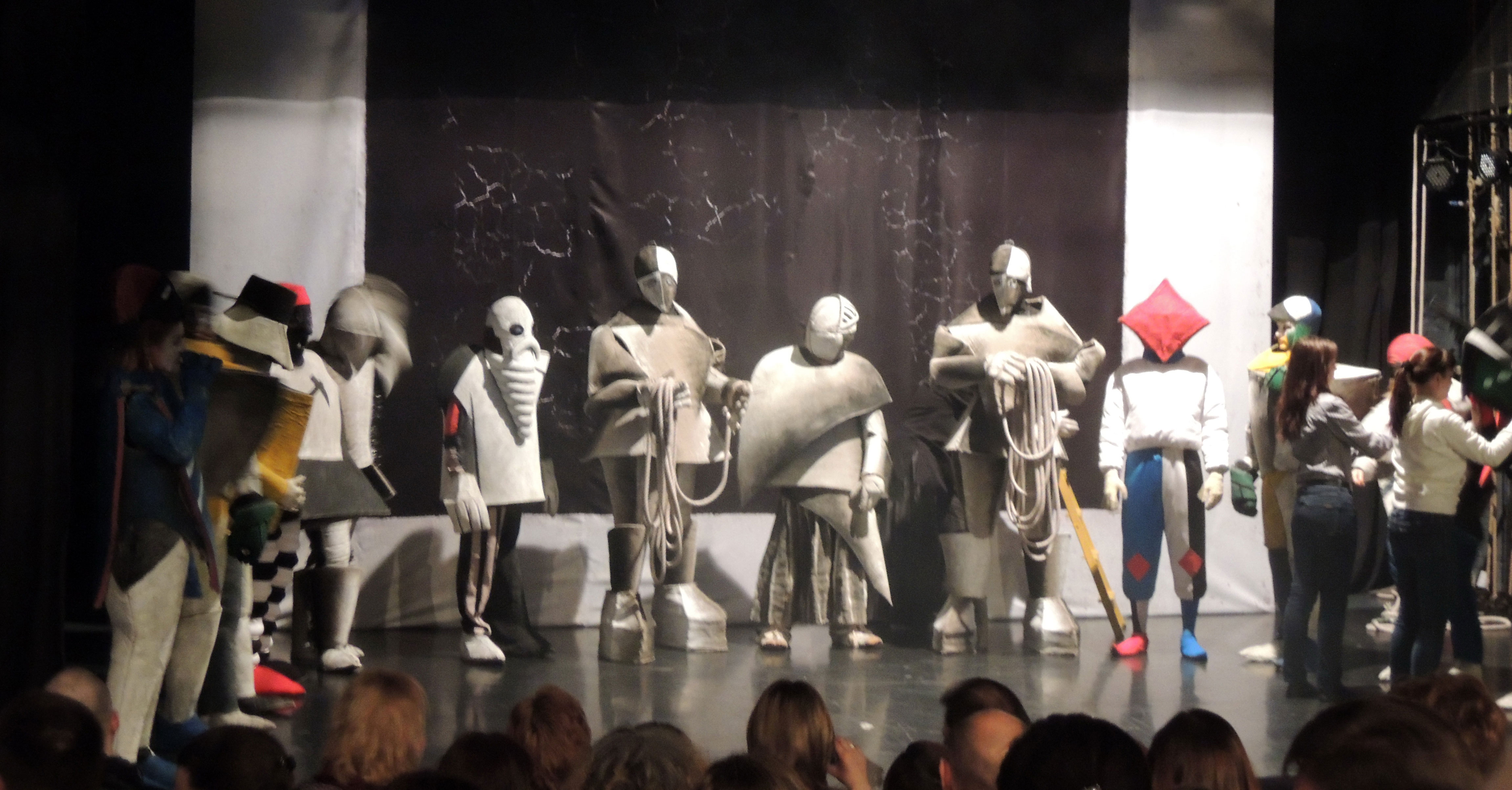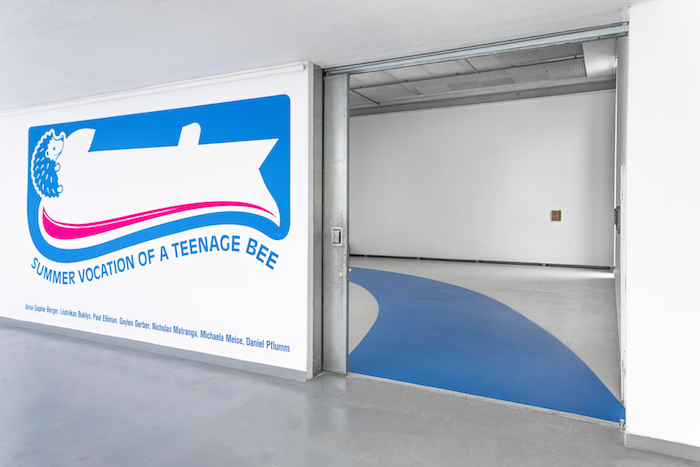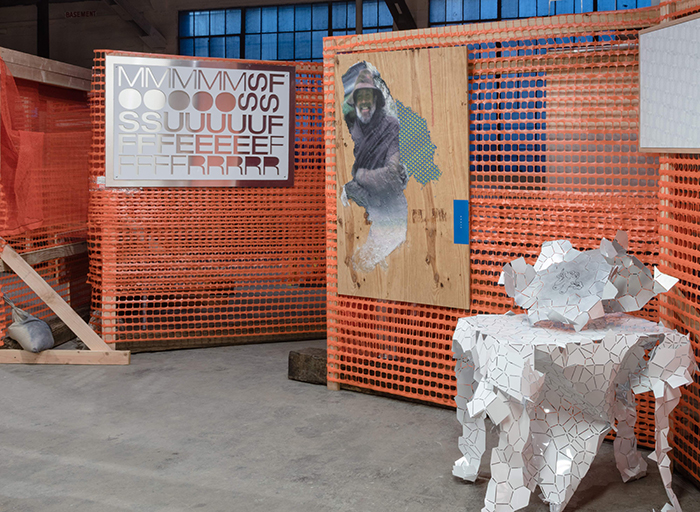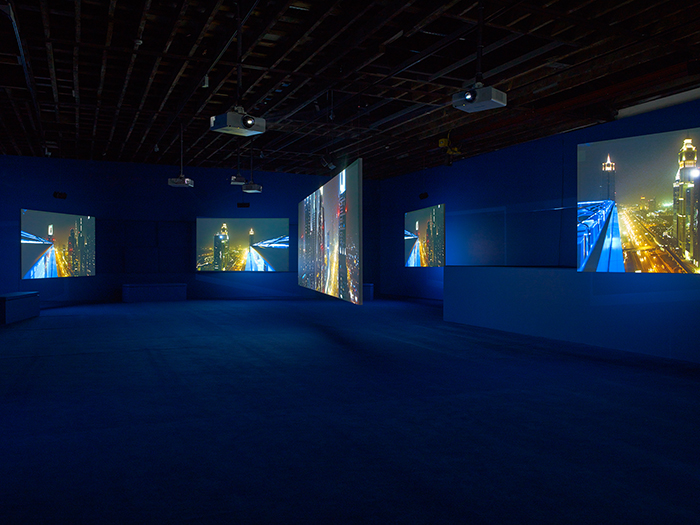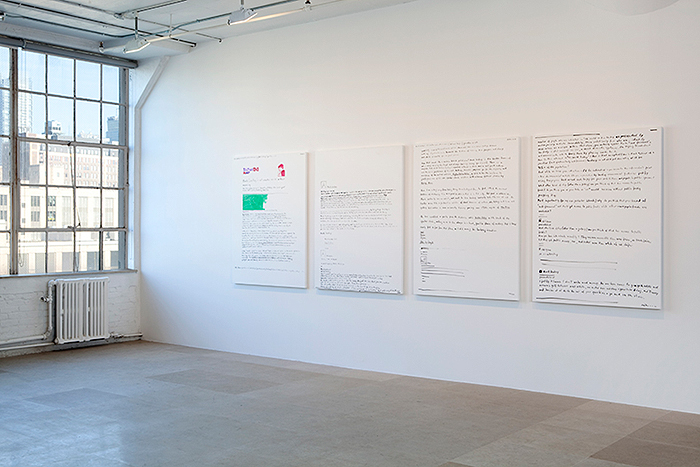In Valerie Werder’s debut novel Thieves, Valerie—an autofictional alter ego—chronicles her slide from disgruntled gallery copywriter to brazen shoplifter. At first she steals for the rebellious thrill of inhabiting other identities; eventually, and more abstractly, she steals to reclaim her time, words, and sense of self. Thieves centers on the New York blue-chip commercial art world, with its fussy idiosyncrasies and particular flavor of exploitation. But it is equally a novel about the fungibility of female identity—and a shrewd indictment of how language operates under capitalism.
Werder’s decision to write in a self-reflexive mode—a contemporary novel in the lineage of Semiotext(e)’s influential “Native Agents” series, edited by Chris Kraus and featuring authors such as Kathy Acker, Lynne Tillman, and Kraus herself—speaks to a desire to expose and explore the conditions under which Thieves was produced. Yet Werder is critical of how language is strategically deployed in the name of “authenticity,” both within the art world and literature. In Thieves, words bolster value, then drain themselves of meaning. People become expendable, while material things reinforce their self-worth. Over the course of the novel, Valerie becomes both a precious object and a voracious acquisitor. She enables, and is enabled by, a mysterious shoplifter named Ted.
Early in the book, Valerie takes a sabbatical from her job at the Upper East Side gallery IWC. (This plot point doubles as the novel’s origin story—in 2016, Werder faked an acceptance to a writing residency to take a sabbatical from her real-life job at Dominique Lévy gallery, during which time she wrote the first draft.) With nothing to do all day, Valerie arms herself with her childhood diaries and begins to write a “sociology of herself.”
She quickly abandons traditional forms of storytelling in favor of nonlinear narration across multiple styles and viewpoints—present and past, waking life and dreaming, her story and those of others—while switching between first-, second-, and third-person narration. Arch satires punctuate the text, demonstrating an expertise in tonal mimicry honed at Valerie’s workplace: “[be] presentable and professional and appealing to collectors who will buy artworks,” reads an ad for her position at the gallery, “wishing they could buy you instead.” There are also send-ups of quasi-academic language, such as the frantic rewrite of a Matisse painting’s sales note. “Not even esteemed university professors sitting at walnut desks in the nineteenth century could get away with such prose,” she writes of her grandiose claims. “Only unnamed art workers.”
These sly acts of literary theft allow Valerie to work within forms in her own voice and under her own byline. As the brand voice of IWC, Valerie churns out everything from Q&As in the voice of her boss, Helene, to press releases and catalogue essays Accordingly, she fantasizes about dissociation, then degradation—not necessarily caused by her job, but reflective of its imperative to empty herself and inhabit other forms. “Whatever she was, she couldn’t get rid of her body,” Valerie complains. While her daytime activities involve neurotic attempts to diet and make herself psychologically small through silent compliance at work, in her nighttime dreams, her identity dissolves. In one, she rolls along a conveyor belt in a row of immobilized, identical female mannequins being penetrated by anonymous male workers.
In this fantasy, Valerie’s body becomes an object. By contrast, she imagines that to shoplift is to give stolen items new life—even as they take from her in return. “The things on the shelf were greedy; they stole time from me,” Valerie recalls of her early teenage escapades shoplifting at CVS. She hasn’t shoplifted since that time in her life, yet a meet-cute with full-time shoplifter Ted, in an uptown grocery store, reignites the kleptomania that has lain dormant since high school. A handsome, picaresque cowboy with a complicated past, Ted’s role is akin to Dick’s in Kraus’s I Love Dick (1997): a cipher through which Valerie can express her desires. She wants nice things and she wants a boyfriend. She also wants to be sexually submissive; synonymous, in her mind, with “totally unproductive.”
Some of Werder’s wittiest writing concerns the projections young women (specifically educated, pretty “gallerinas” raised in the suburbs) endure from men. Before Valerie moves to New York City, she acts the part of girlfriend-as-void for her pretentious wannabe-foodie boyfriend, in hopes that they’ll break their sexual dry spell. Later, at her gallery job, a male critic sneers at the nature of her work: “Dress it up in academic language all you like. But it’s instrumental […] Like prostitution.” Most damning is her characterization of a much older professor who repeatedly addresses Valerie by a series of wrong names before, predictably, making a move on her. His misogynistic belittling of Valerie—suggesting her value is interchangeable with any other clever young woman—moves into outright theft of her labor. First, she offers him pro-bono help on his research; then, when her gallery commissions him to write a catalogue text, she ghostwrites his essay and sends him his check for 7,000 dollars. As we later find out, she makes 38,000 dollars a year. The figure, she notes, is worth one eight-hundredth of a Warhol silkscreen in the gallery’s inventory.
Valerie’s run as a full-time shoplifter-on-sabbatical lasts about three months. Far from utopian, her experiment leaves her paranoid, disillusioned, heartbroken, broke, and caught thieving by multiple authorities. Still, a new horizon is suggested: cannibalizing her experiences for her own artistic use. She comes to this conclusion after an emerging male artist urges her to immediately write down every detail of her nights out in the artworld, “no matter if you’re tired or drunk or feeling sick […] it’ll make the entry more authentic.” He suggests it might prove useful for future historians. “Contemporary fiction writers debate the ethics of stealing someone’s story for one’s work,” Valerie writes, “but painters and video artists […] want to steal, and they want to be stolen from. They want to circulate on the market alongside their work.” She concludes that “this account won’t be useful to any of them,” spiting both the artist and those who would serve his legacy. “I’ll do as he told me, but not for him. For myself.”

